June 1994.
The Contact Group presented the first draft of the Peace Plan for Bosnia and Herzegovina, which implies an ethnically based division of territory before the final settlement of the Bosnian state through a new federation [you can listen to the latest episode of BarBalkans - Podcast here].
Very few leaders in the region are supportive, with the exception of the President of Serbia, Slobodan Milošević, who has been looking for months for a way out of a war that is proving catastrophic for the national economy.
However, authorities in Belgrade are showing no intention of stopping the fighting, primarily on Bosnian territory.
And the level of military tension is also rising on the border with the Former Yugoslav Republic of Macedonia, which has so far remained fairly quiet.
The block by Karadžić
As predicted by Milošević, the President of Republic Srpska, Radovan Karadžić, becomes the biggest obstacle to the overall agreement on the Contact Group Plan.
First of all, because he puts the truce at risk, considering the presence of more than a hundred ‘policemen’ in Goražde despite the withdrawal of Bosnian Serb troops on April 26.
It is not until June 7 that the Bosniak enclave in the Drina Valley is completely cleared of Ratko Mladić’ troops. Tough negotiations on the duration and the implementation of the truce on the ground can now start.
On June 10, a one-month ceasefire on Bosnian territory is agreed. The UN Secretary General’s Special Representative, Yasushi Akashi, even calls it «the first step in the cessation of hostilities» in Bosnia and Herzegovina.
However, only four days later, the President of Croatia, Franjo Tuđman, visits Sarajevo and denounces «the common Serb enemy», together with his Bosnian counterpart, Alja Izetbegović. They both show that the peace between Croatia and Bosnia and Herzegovina signed on March 18 in Washington is solid.
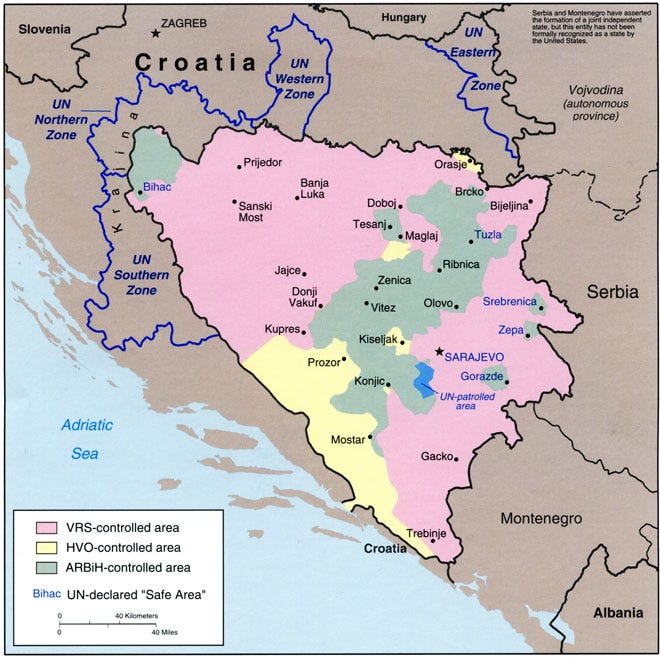
But it is Karadžić who becomes more and more problematic, not only for the Contact Group but also for the authorities in Belgrade.
The Bosnian Serb leader has been trying for months to make himself independent of Milošević and now they are in almost open conflict. Karadžić is dismantling the Serbian intelligence network formed in Pale and opposes anything vaguely related to the Yugoslav past (unlike the Serbian President).
Milošević cannot believe that Karadžić fails to understand that the territorial partition according to the Contact Group Plan would facilitate the creation of a “small Greater Serbia” - the union of Republika Srpska with Yugoslavia - before achieving the “big Greater Serbia” final goal.
This is why the President of the Federal Republic of Yugoslavia, Zoran Lilić - a sort of Milošević’ puppet - warns the Bosnian Serb President that the future of Yugoslav citizens cannot be taken hostage by the stubbornness of any politician.
In response, Karadžić presents himself as the «leader of all Serbs» during a visit to Moscow, where he declares that he will not accept the new peace plan for Bosnia and Herzegovina.
Moreover, he threatens that a regional war will be unleashed in Serbia, Montenegro, Kosovo and Bosnia and Herzegovina, if the partition of territory will be kept at 51% to Bosnian Croats/Bosniaks and 49% to Bosnian Serbs.
«If the maps are not corrected, we will definitely have to prohibit the world mafia from taking an interest in our problems», Karadžić adds during the meeting in Paris at the end of June, when the final version of the Contact Group Plan’s territorial division has to be drawn.
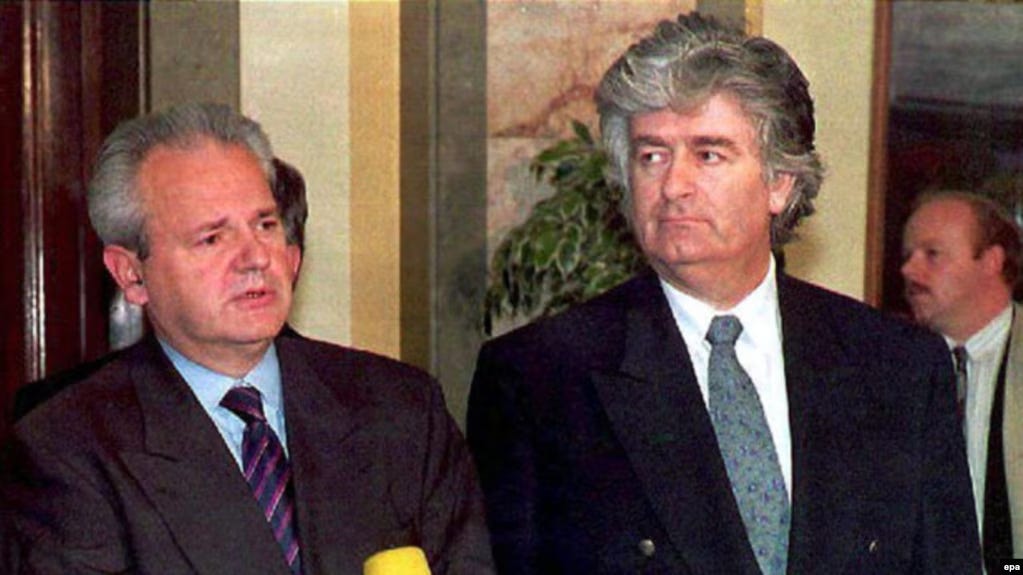
Military tension and population census
Meanwhile, the escalation of tension continues between Serbia and its southern neighbor, Macedonia, another former Yugoslav Republic that declared its independence in September 1991.
After Yugoslav troops massed on the Macedonian border and continued to illegally cross the border, the UNPROFOR commander in Macedonia, Norwegian General Tryggve Tellefsen, warned in May that the thousand Blue Helmets stationed at the former Yugoslav military base in Krivolak would not be able to prevent a full-scale conflict between Belgrade and Skopje.
The situation becomes increasingly worrying, to the point that the President of Macedonia, Kiro Gligorov, warns that «the danger comes from the North». In other words, from Belgrade. Because the Macedonian border is not defined by any official treaty for 80% of its length (which is 270 kilometers).
On June 17, Yugoslav soldiers illegally enter hundreds of meters, and a few days later dig trenches on the Strazha heights across the Serbian-Kosovar border. On June 21, a Macedonian officer is seized on Macedonian territory, taken to Serbia, and interrogated for hours before being released.
Amidst this military escalation, another front of tension emerges within the Republic, this time along ethnic lines.
On June 21, the population census in Macedonia begins. It is funded and monitored by the Organization for Security and Cooperation in Europe (OSCE).
Initially requested by the ethnic Albanian community due to feelings of underrepresentation by the government in Skopje, the census is boycotted by a part of the Albanian community itself. This is due to controversies over the failure to grant citizenship certificates to all its members.
The final result shows that ethnic Albanians represent 23% of the population, ethnic Macedonians 66%, and the remaining 11% is distributed among Serbs, Turks, Vlachs and Muslims.
President Gligorov acknowledges that the Albanian community likely represents at least one-third of the total population, particularly in Northwestern Macedonia and the border areas with Albania and Kosovo.
The support of readers who every day gives strength to this project - reading and sharing our articles - is essential to realize all that you have read and listened to, and even more.
If you know someone who can be interested in The Yugoslav Wars podcast, why not give them a gift subscription?
Behind every original product comes an investment of time, energy and dedication. With your support BarBalkans will be able to elaborate new ideas, interviews and collaborations.
Here is the archive of The Yugoslav Wars:
Here you can find a summary of the past years:

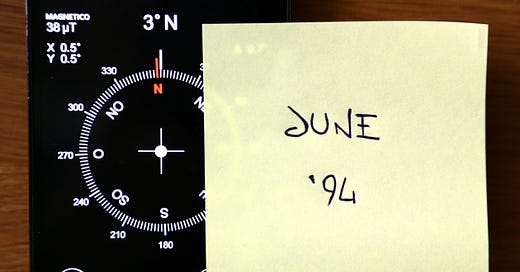




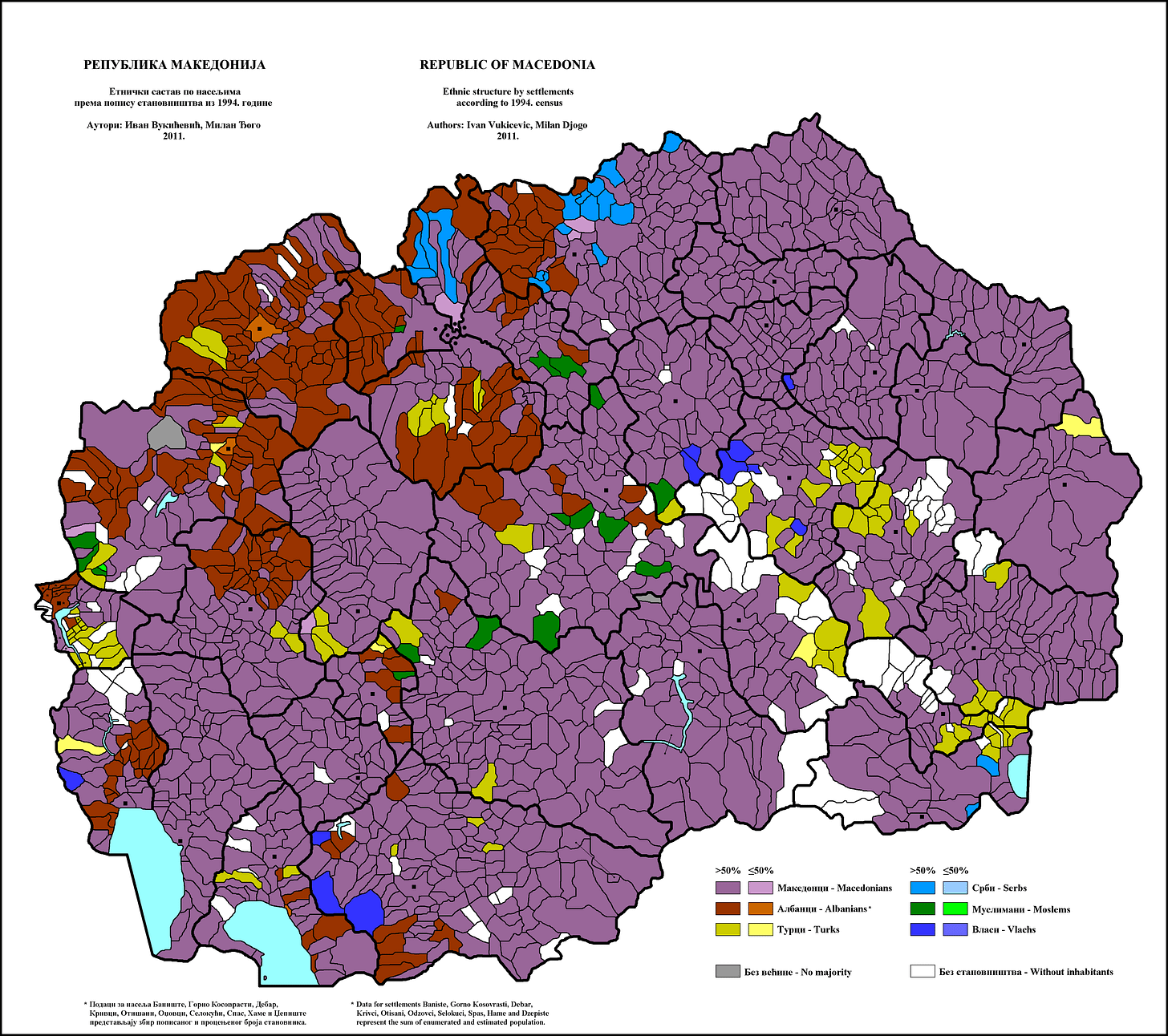



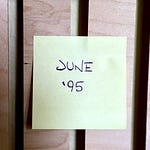

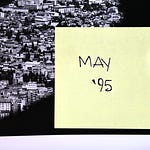



Share this post